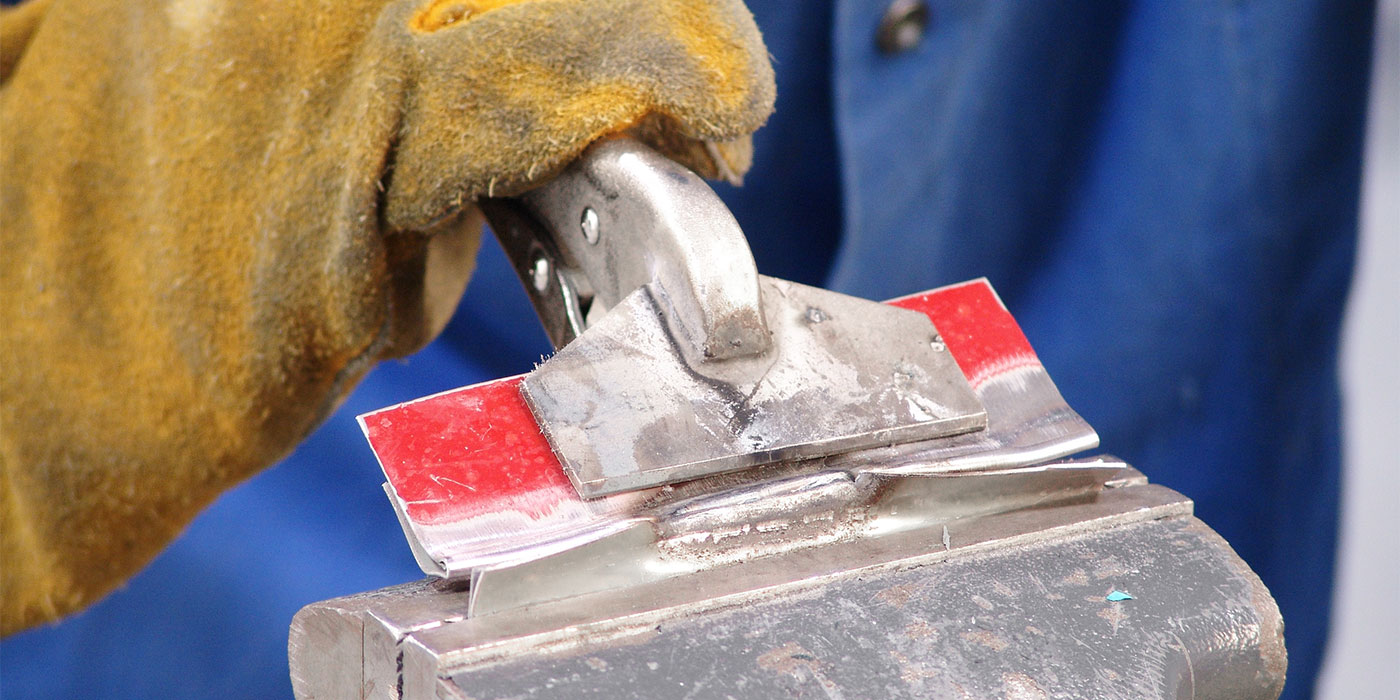I like investing shop monies in things that save labor time and recover their costs quickly by enabling technicians to complete the required repairs in less than the allowed times. In almost all cases, the winning solution in my book is in some way faster than the alternatives. In any industry where the labor times are presented as a “flat rate” (we’ll pay 2.5 hours to complete this, 4.2 hours to complete that), the key to making a profit is to do the work in less time than allowed while still producing a safe and accurate repair. “Faster” includes lots of different roads to get there in collision repair.
Accelerating Dry Times
Effective body techs can work efficiently and employ all sorts of power tools to work ever more quickly, but every shop tech is constrained by dry times – especially in the paint department. Driving solvent (or water) out of refinish coatings, crosslinking two-part sealers and curing epoxy adhesives are but a few of the things shop technicians must wait for. In almost all cases, adding heat helps. I recall from previous research for BodyShop Business articles that adding heat too soon can cause paint problems such as solvent popping or poor adhesion to undercoats. Like the rest of life, timing is everything. Make sure you follow the instructions from both your heat source and the materials you’re trying to cure.
Helpful heat is available from a handheld heat gun with a 110-volt element. ALERT: the heat elements are super fragile when they’re really hot. How hot is hot on these guns? Well, they’ll set paper on fire in just a moment if you hold the gun still. Heat is available from a number of portable heat light fixtures that can roll to and fro around the shop.
Be careful of a few things no matter which type of rolling heater you’re using. One, they’re all top-heavy to some extent. Dropping a spare 15-inch steel wheel or wheel and tire on the rolling stand helps keep them upright as they bump over air hoses, floor grates and other shop clutter. Two, the distance to the target makes a big difference in the surface temperature. Use twine and a washer or a wooden dowel cut to the manufacturer’s suggested distance away (often 20 to 36 inches) as a quick way to position the light the correct distance from the vehicle. All infrared heaters are line-of-sight, similar to a flashlight beam. If the car part isn’t touched by the light, it won’t get hot. Recommended distances vary by manufacturer and the type of heat generated.
Infrared Heaters
Without a deep dive into the wavelengths of electromagnetic radiation, auto body infrared heaters can be divided into long-wave, medium-wave and short-wave versions.
Long-wave lights often use a series of individual bulbs just like the ones in a motel bathroom or those pointed at the rotating chickens in the grocery store. That long-wave radiation heats from the top down and isn’t ideal for curing refinish materials. However, it works great to heat the techs on those cold winter mornings and, if placed correctly from the vehicle, will still speed up dry times.
Both medium-wave and short-wave infrared heaters heat from the bottom up and push the solvents out rather than trapping them within the film. Depending on the technology and the physical size of the units, they can cut dry and cure times by 50 to 60 percent. Imagine if your shop could get sanding on your two-part primer surfacer in half the current wait time. Sounds like money in the bank to me. Body fillers will dry tack-free if you cure them with an infrared heater. Pre-heating bare metal on humid days drives off any surface moisture before you start priming. Glues, adhesives and isocyanate catalysts all crosslink faster with heat.
Shortwave infrared heaters are the most expensive but also are the fastest way to penetrate right down to the substrate. You can do serious damage to plastic parts if you’re not paying attention. Several infrared lights recommend you cover plastic parts with foil tape to prevent unwanted damage (part deforms or becomes brittle or weak) if too much heat is applied. Expensive short-wave units feature not only built-in timers but also temperature sensors that turn off the light once a set surface temperature is reached. For medium-wave units without all the fancy controls, use a loud egg timer to set the cure times. One last piece of advice about any infrared light: as much as 50 percent of the effectiveness comes from the reflector, not just the emitter (bulb, element, catalytic converter), so keep the reflectors clean and shiny for best results.
Get Your Money Back
For somewhere between $200 and $6,000, you can buy an infrared heat device to speed dry times throughout the shop. Let’s try some math to recover that cost. I contend the typical collision repair has about eight hours of refinish labor time and 13 hours of metal time. My research suggests that about one-third of that refinish time is spent sanding, one-third actually painting and the other one-third split between prep and detail. The 13 hours of metal time includes some waiting for things to dry, cure or cool (welds), and I contend the new light might save 10 percent of those metal labor hours. Infrared lights can speed all operations to some extent, but let’s say that I can get the body filler, the two-part adhesive and the primer-surfacer ready in half the dry time. I can then begin reassembly and polishing sooner too.
Sanding labor time is about 2.6 hours; I intend to save 25 percent of that by using my new heater, or seven-tenths of an hour. Add that to the 1.3 hours I saved in the metal shop and we’re ahead by 2.0 hours per repair. Sounds high for just a heat light, right? Well, what if I’m half wrong (just ask my wife) and the new infrared device only saves 1.0 hour of labor per repair? I-CAR and this magazine suggest the average U.S. body shop does about $1.2 million in sales each year and fixes about 533 ROs. If I could save one hour per repair by speeding dry times with infrared heat at a door rate of $50/hour, the shop would make $26,650 – labor time billed but not performed. I could pay for the $200 infrared light in the first four jobs and pay for the $6,000 short-wave light in 120 ROs and make money on the remaining 413 repairs that year.
Summary
Faster is the key to collision repair success, but we can’t go so fast that repair quality, finish durability or passenger safety are compromised. Adding some external heat to help beat the flat-rate times is one of my favorite methods to speed up production. Just remember, simply owning the light won’t help; someone has to plug it in, place it and employ it to save any labor time. Got one in your far back corner right now? Clean the emitter and the reflector and get it back in service. Better yet, ask your favorite PBE jobber for a bid on the latest, slickest, smartest, fastest infrared light in their catalog. I’m a huge fan, and I think you will be too.














